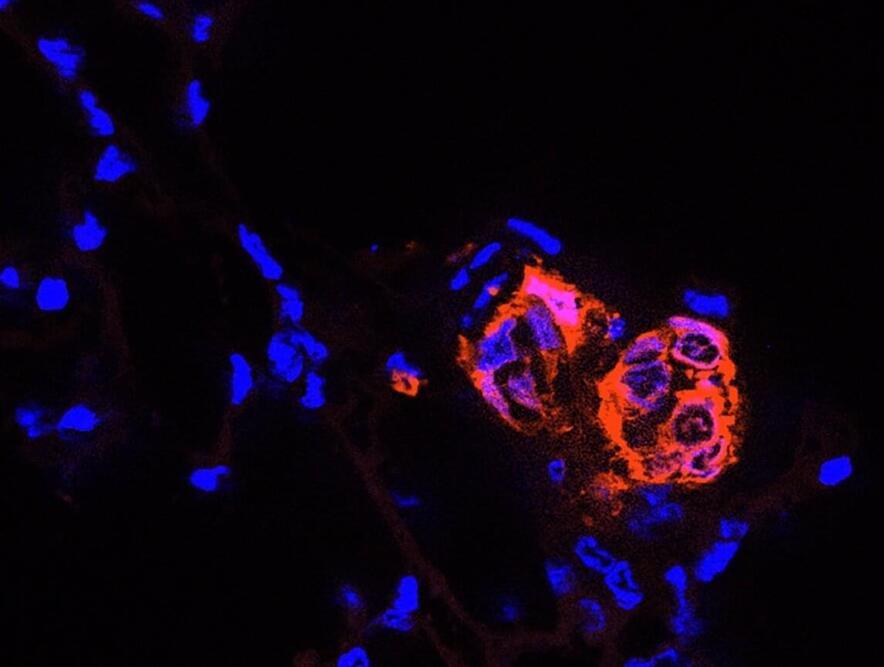Many cancer cells never leave their original tumors. Some cancer cells evolve the ability to migrate to other tissues, but once there cannot manage to form new tumors, and so remain dormant. The deadliest cancer cells are those that can not only migrate to, but also thrive and multiply in distant tissues.
These metastatic cancer cells are responsible for most of the deaths associated with cancer. Understanding what enables some cancer cells to metastasize—to spread and form new tumors—is an important goal for researchers, as it will help them develop therapies to prevent or reverse those deadly occurrences.
Past research from Whitehead Institute Member Robert Weinberg and others suggests that cancer cells are best able to form metastatic tumors when the cells are in a particular state called the quasi-mesenchymal (qM) state. New research from Weinberg and Arthur Lambert, once a postdoc in Weinberg’s lab and now an associate director of translational medicine at AstraZeneca, has identified two gene-regulating molecules as important for keeping cancer cells in the qM state.










Comments are closed.